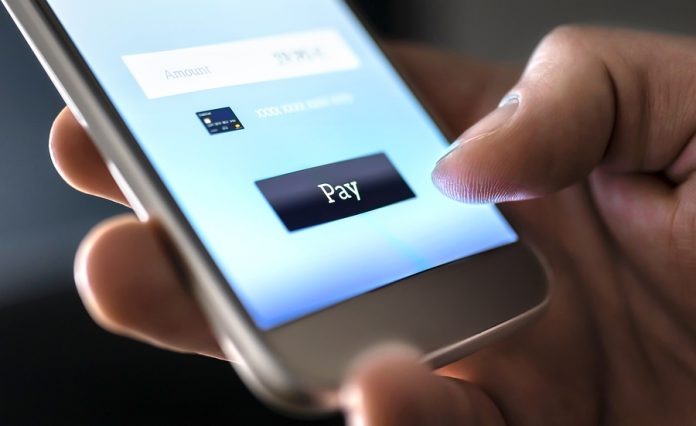With so many facets of our lives moving to digital platforms on our mobile devices, it is no surprise that our cash transactions are doing the same. Cash and checks are being replaced by mobile payments through apps such as Apple Pay, PayPal, Venmo, and Zelle. Whether it is the inconvenience of finding an ATM, the fear of dropping and losing cash, or the desire to increase a touchless cash experience during the COVID-19 pandemic, mobile payment apps are a useful alternative for cash transactions between people and businesses alike.
Mobile payments are often safer than using a debit or credit card online. In the event of a data breach, it is more difficult for hackers to access your account details because financial information is not transmitted during a digital transaction. They eliminate the need to “find an ATM” or sort out shares of joint cash expenses. Mobile payments are traceable and easily categorized as part of your family expense tracking.
Here are a few tips on how to enjoy the convenience of these revolutionary and modern mobile payment apps while keeping your bank account and credit cards safe from thieves and hackers.
- Use safe payment platforms. Fraudulent payment apps are designed by hackers with the intention of stealing credit card and banking information. Mobile phone-based payment apps such as Apple Pay or Android Pay are two of the most trusted programs currently available. Other apps such as PayPal, Venmo, Zelle, and bank apps such as Chase Pay are also at the forefront of the digital payment movement. Avoid making payments through social media platforms such as Facebook Messenger or Snapchat’s “Snapcash, as these are less secure.
- Download trusted apps. In addition to downloading and using a trusted payment app, be sure all other apps you download to your phone are trustworthy. Some apps contain spyware and phishing software designed to retrieve personal data from your phone and the apps on it.
- Lock your phone and use strong passwords. Make sure your phone requires a password, thumbprint or facial recognition to access its contents. Additionally, most payment apps will require a secondary security measure in order to access the app or authorize a payment. Using a strong password or using a bio-password that is unique to you (i.e. thumbprint or facial recognition) are great first lines of defense for anyone who may pick up your phone with malicious intentions. If you ever lose your phone, be sure to lock and erase the data from it immediately using the Cloud-based program from your provider. Lastly, be wary of anyone asking to borrow your phone (especially strangers) if your payment apps and software do not require a secondary password for access. Often, scammers will try to con people by asking to borrow their phone to call a friend, claiming their own phone was either lost or has run out of battery. Once you have unlocked the primary password to allow them use of the phone, they can click into the payment app and send themselves money.
- Avoid using payment apps while on public Wi-Fi networks. Information that is carried through public Wi-Fi networks is accessible to anyone who knows how to access these networks. You phone carrier’s cellular network or your private password protected Wi-Fi network are safer to use.
- Use a credit card if possible. Most credit cards have better fraud protection than a debit card or linked bank account. Credit cards typically have a zero fraud liability policy that protects the cardholder from the risk of any unauthorized charges made to the card account. With a debit card or linked bank account, you may be liable for the money taken from your account. Before linking a credit card however, be sure to check out what the fees are associated with cash advances made using your credit card as many of these payment apps get processed as cash advances. To avoid cash advance fees, use a debit card.
- Monitor your credit card and bank accounts. Make sure to frequently monitor the credit card and bank accounts you have linked to a mobile payment platform. A hacker who has gained access to your financial information can add your information to their device and steal from you without having your device in hand. Monitoring your account will allow you to spot and take action on suspicious activity. The sooner you can notify your card carrier or bank about the fraudulent activity the easier it will be to for them to resolve the matter.
While following these tips may not fully prevent electronic fraud, they will help you benefit from the conveniences of mobile payment apps and software as safely as possible.










